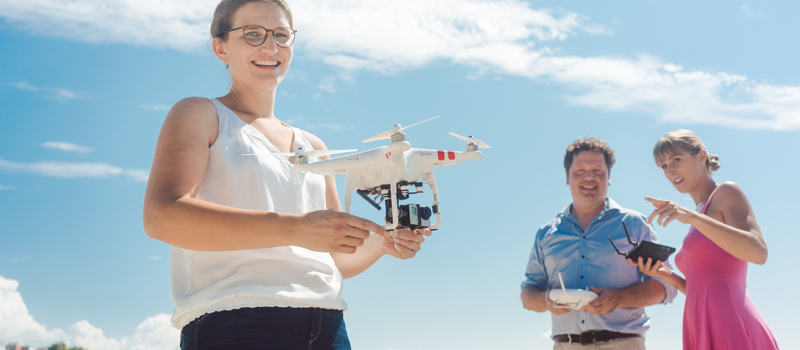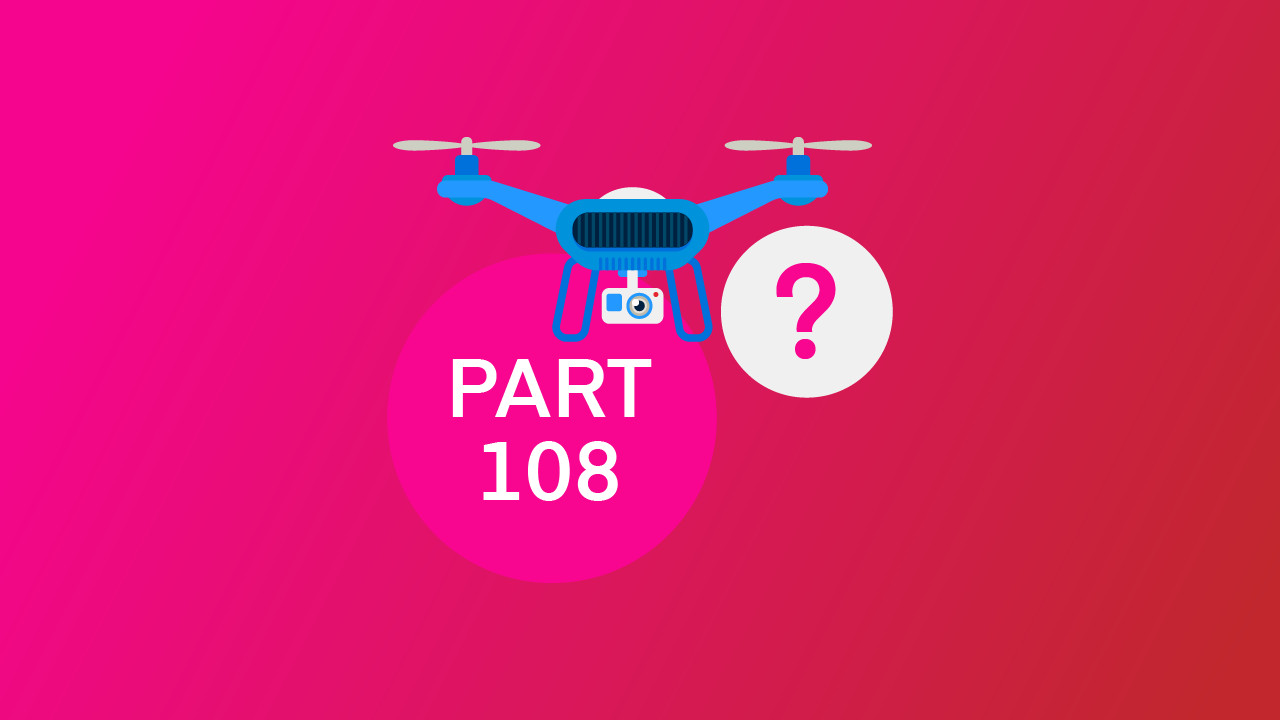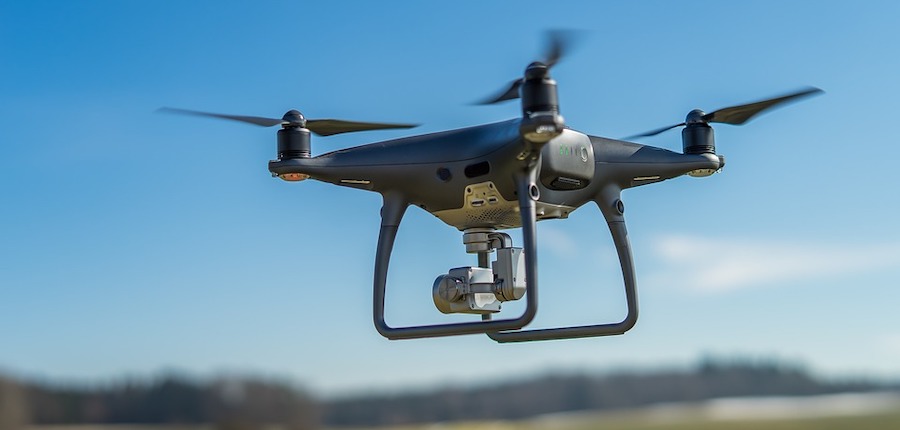A visual observer plays a huge role in drone flight. Next to the remote pilot in command (RPIC), the visual observer is probably the most important person in any drone flight crew. They provide situational awareness even in situations when the RPIC can be distracted by other things.
Given how critical this job is, being a visual observer is not a role to be taken lightly. It can be approached more systematically than merely keeping an eye on the drone. Here’s a guide on how to be a good visual observer.
Know the Part 107 rules
If you’re flying under Part 107 rules, then you will be a much more effective visual observer if you know what these rules are. While there is no requirement for the visual observer to be certified under Part 107, having a bit of knowledge will undoubtedly be helpful during the operations.
Among the most important provisions of Part 107 that a visual observer must know are the responsibilities of a visual observer. These are listed under Part 107.33 and can be summarized as:
- Seeing the unmanned aircraft and knowing its position at all times
- Scanning the airspace where the drone is operating
- Maintaining communication with the RPIC at all times
The visual observer must also learn to recognize and identify potential flight hazards including poor visibility or the presence of birds or other aircraft in the vicinity. If there are people or moving vehicles directly below the unmanned aircraft, then the visual observer can give due warning to the RPIC. Knowing what is or isn’t permitted by Part 107 rules will help the visual observer determine if the situation calls for intervention.
There is no need for the visual observer to be as well-versed in Part 107 as the RPIC. A good option is for them to the Part 107 small UAS online course on the FAA Safety website. It does not grant any certification, but this is a free course that can be completed in less than two hours.
Go through a pre-flight briefing with the RPIC
As an important part of the flight crew, the visual observer plays a huge role in maintaining operational safety. This involves knowing exactly what the objectives of the mission are and having a say on whether conditions are clear for drone flight.

For this reason, it is always a good idea for the RPIC and visual observer (and the rest of the flight crew) to go through a pre-mission briefing. This is the point when roles and responsibilities are assigned, operational objectives are identified, and emergency procedures are reaffirmed. The crew can also be involved in going through the pre-flight checklist, which is a recommended practice under Part 107.
A good pre-flight briefing will take into consideration parameters that are unique to the mission or the circumstances. Does it look like it could rain soon? Are there people on the ground that could approach the team once the operation starts? These are things that should be discussed during the briefing so that preparatory measures can be put in place. Perhaps you will need to talk to the people on the ground before operations start or postpone the mission until the weather clears up.
Establish good communications
No less than the Part 107 rules emphasize the importance of communication between the visual observer and RPIC. The line of communication between the two must be fast, clear, and uninterrupted. It is only through this line of communication that visual observers can give due warnings to the RPIC when there is impending danger.
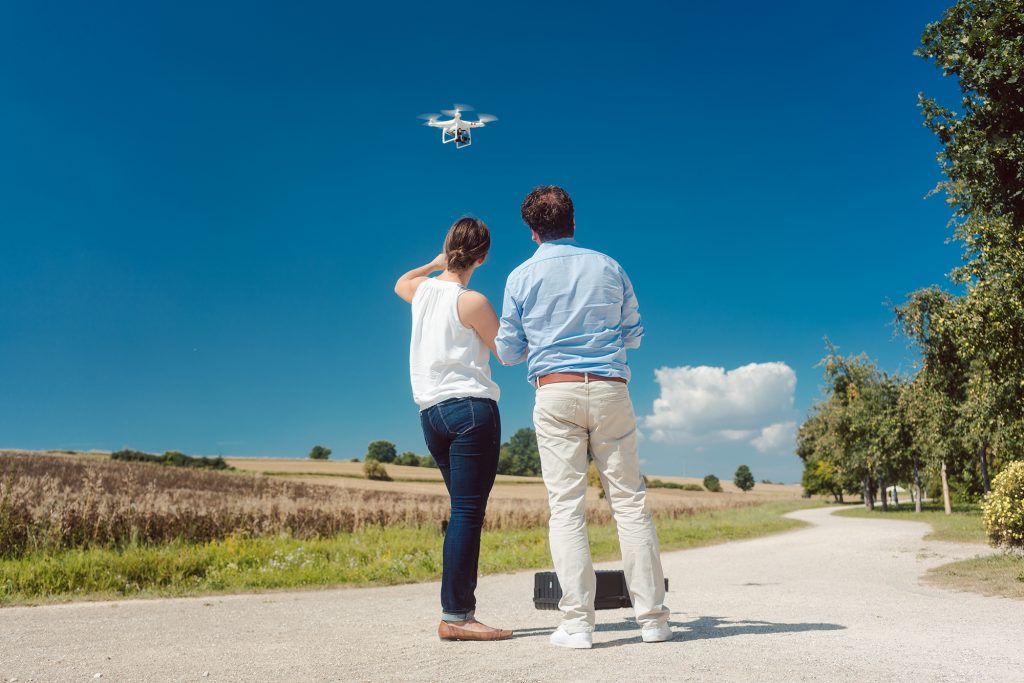
Ideally, the RPIC and visual observer must be located close to each other such that they are within earshot of each other. This is the most fool proof means of communication between the two.
However, Part 107 rules also allow for flight crew communication through radio frequency signals such as walkie-talkies. If you’re going this route, make sure that checking that the walkie-talkies function is included in your crew’s pre-flight checklist.
Even if the visual observer is located remotely from the RPIC, take note that the unmanned aircraft must still remain within the RPIC’s visual line of sight. Visual contact cannot be “daisy-chained” between the RPIC and visual observer.
Just as important as the means of communication is developing a language that both parties understand. Every flight crew is unique in this regard, so there’s really no right or wrong way to develop your language. With some effort, communications are something that your flight crew should get better at over time.
Scan the drone’s surroundings systematically
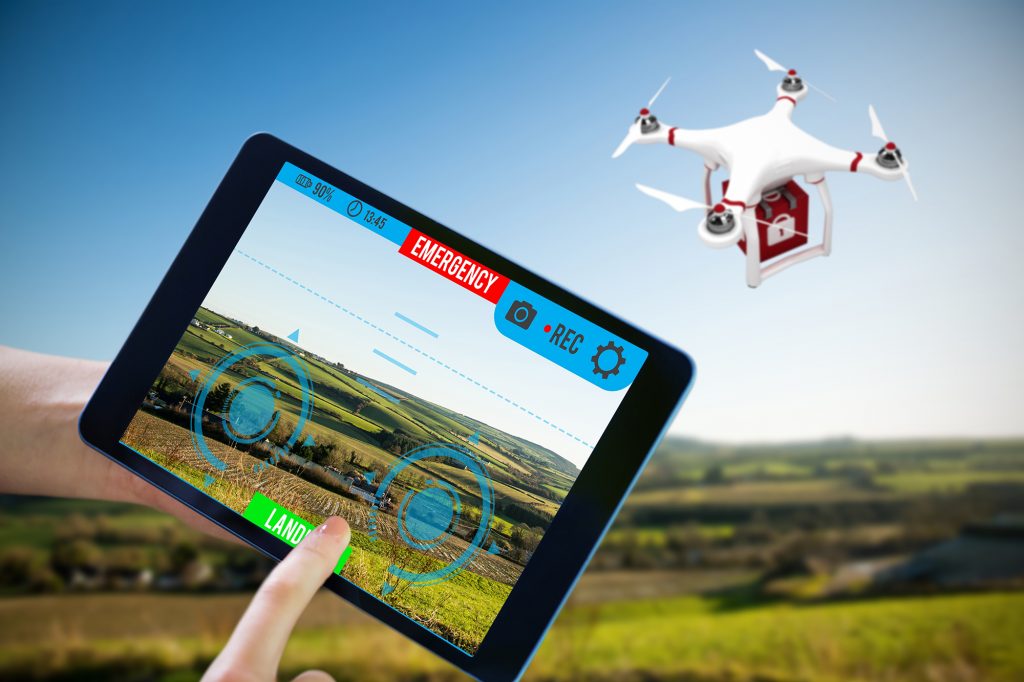
The duty of a visual observer is to know the location of the drone and be aware of its surroundings. While this may sound like a simple task, one can easily get overwhelmed if this is done without a set procedure. Fortunately, there is already an established practice in aviation for scanning of airspace. Here is a simple version of this procedure:
- Place the drone in the center of your field of view, designating it as the 12 o’clock position.
- Do a broad horizontal sweep to the left and right of the drone, designating these positions as the 9 o’clock and 3 o’clock positions.
- From the 3 o’clock position, do a semi-circular arc below the drone back to the 9 o’clock position.
- Do another sweep below the drone back to the 3 o’clock position, this time tracing a larger arc that goes farther from the drone.
- Repeat the last two steps but go through the 3 o’clock and 9 o’clock positions with upward arcs.
- Recenter your view on the drone and repeat the process.
Ideally, the procedure should only take about ten seconds to complete so that you don’t end up focusing on one area for too long. Keeping your eyes moving will also help reduce eye fatigue. Should you need to rest your eyes for a few minutes, make sure to communicate this with the RPIC so that they can assume visual observer duties temporarily.
Be wary of distractions on the ground
Anyone who has ever operated a drone in a public space has probably already experienced being approached by strangers. These encounters can range from curious to confrontational. In any case, people talking with the RPIC is a common source of distraction and can be a serious safety hazard.
If you don’t have any other person in your crew, then the visual observer will be responsible for talking with these people and addressing any of their concerns. It is good to let bystanders know that drone flight is an activity that requires focus and distracting the RPIC can have serious safety consequences.
The visual observer must let the RPIC know if such a situation comes up so the RPIC knows to take over visual observer duties. A more prudent approach would be to prepare laminated cards with answers to common questions that the flight crew can just hand over to curious bystanders.
If someone of authority (law enforcement or a representative of the FAA) asks to speak with the flight crew, let them know that the RPIC will land the drone as soon as it is safe to do so. Only then can the RPIC address any of their concerns directly.
Final thoughts
Contrary to what the name implies, the role of the visual observer isn’t limited to just keeping an eye on the drone. The visual observer ensures the visual line of the sight with the drone is never broken, which is required under Part 107 drone flight rules. They are also responsible for identifying hazards in the drone’s surroundings.
If you’ve never flown with a visual observer, then try partnering up with a fellow drone pilot. Perhaps you can also switch places every now and then. Being a visual observer gives a fresh perspective on drone flight and allows you to see things you would never have noticed if you were flying the drone.
